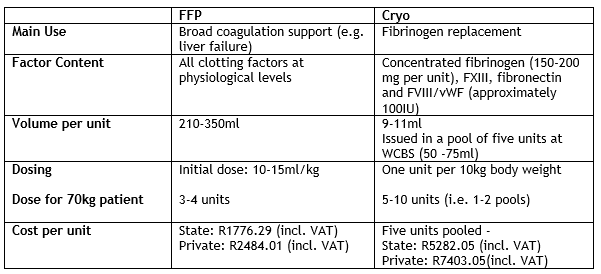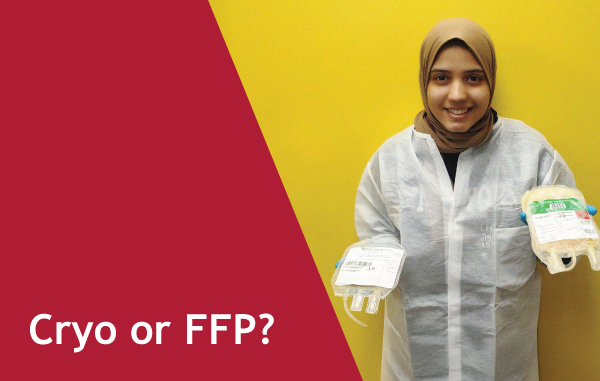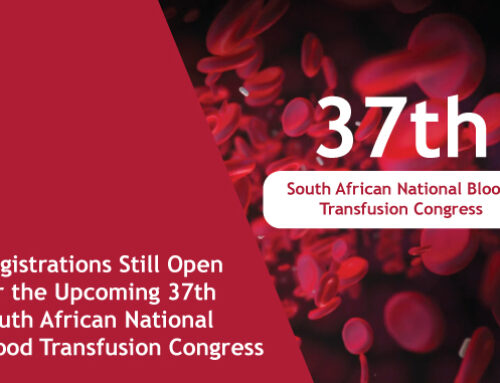Fresh frozen plasma (FFP) and cryoprecipitate (cryo) are both commonly used plasma products with different indications, and are not necessarily interchangeable. Here is the bottom line: use FFP when a broad spectrum of clotting factors is needed for your patient, and cryo when targeted fibrinogen replacement is required. Find out more about the indications, prices and contents of these products below.
What is FFP?
FFP is the plasma portion of whole blood, separated and frozen within 18 hours of collection to preserve clotting factors. It contains all clotting factors in physiological concentrations, including fibrinogen, Factor V and Factor VIII, and proteins like antithrombin and protein C. FFP is produced in volumes of 210-350 ml per unit. Clinical indications for FFP usage include multiple coagulation factor deficiencies (e.g. due to liver disease, DIC), massive transfusion protocols, TTP for plasma exchange (cryosupernatant is also an option), and warfarin reversal if prothrombin complex concentrate is unavailable.
What is cryo?
Cryo is produced from FFP by thawing it in a water bath and collecting the precipitate, then re-freezing it. This creates a product that is 9-11ml in volume with concentrated amounts of fibrinogen, Factor VIII, Factor XIII, von Willebrand factor and fibronectin. At WCBS, pools of five cryo units (i.e. from five different donors) are prepared for issue to patients. Clinical indications for cryo usage include hypofibrinogenemia (e.g. due to trauma, DIC, obstetric hemorrhage), Factor XIII deficiency and second line therapy in von Willebrand’s disease.
So, what’s the difference?

For more information about plasma products produced by WCBS, take a look on our website (www.wcbs.org.za) at the Clinical Guidelines for the Use of Blood and Blood Products in South Africa, Sixth Edition, Chapter 6, or contact Dr Caroline Hilton, Lead Medical Consultant (caroline@wcbs.org.za) for more information.





